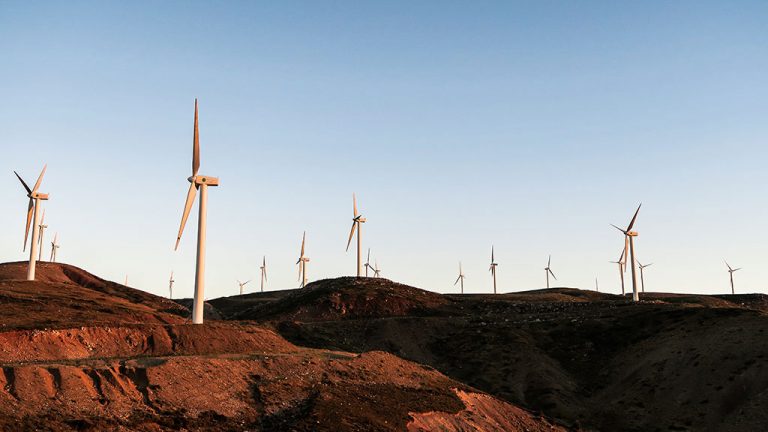Gold Bullion Development Corp. (TSXV:GBB) announced that metallurgical test results from samples show “superior recovery of gold” can be achieved at its Granada property south of Rouyn-Noranda in western Quebec. The Vancouver junior mining firm is currently exploring and drilling at the site, about 270 kilometres north of North Bay, Ontario, or 500 kilometres northwest of Montreal
Gold Bullion Development Corp. (TSXV:GBB) announced Wednesday that metallurgical test results from samples show “superior recovery of gold” can be achieved at its Granada property south of Rouyn-Noranda in western Quebec. It is currently exploring and drilling at the site.
The Vancouver-based firm published a press release on results from 29 composite samples from the SGS Lakefield Gold Metallurgical Testing group, which the firm intends to use to determine the amount of gold at the site, about 270 kilometres north of North Bay, Ontario, or 500 kilometres northwest of Montreal. It said overall recovery rates ranged from 87.1 per cent to 98.5 per cent, with an average of 94.1 per cent.
“These numbers demonstrate that even at low grades, superior recovery of gold can be achieved within the mineralized zones by using gravity followed by cyanidation on the Granada property,” Gold Bullion Development stated. “The recovery rates using only gravity ranged from 25.1 (per cent) to 78.0 (per cent) with an average rate of 50.6 (per cent) indicating a significant amount of free gold is present.”
Gold Bullion Development, a junior mining company with gold and silver properties in Ontario and Quebec, completed the third phase of drilling at the Granada site in December. Its press release Wednesday did not include specific construction plans but in his year-end message last Christmas, president and CO Frank Basa stated geological consulting contractor SGS Geostat will prepare a compliant NI 43-101 resource estimate, expected for distribution by the spring of 2012.
“Once completed, SGS will begin work on a Preliminary Economic Assessment for the Granada property,” Basa stated at the time.
Of the test results released Feb. 29, the firm stated the purpose was to determine the head grades and recoveries of the various composites in order to compare them with the individual assay results. The firm said SGS Geostate engineer Claude Duplessis selected 29 different composite samples from 29 different mineralized zones at various depths with variable grades.
“The test work consisted of a total gold metallurgical balance that resulted in overall gold recovery data,” the company stated.
DCN DIGITAL MEDIA










Recent Comments
comments for this post are closed